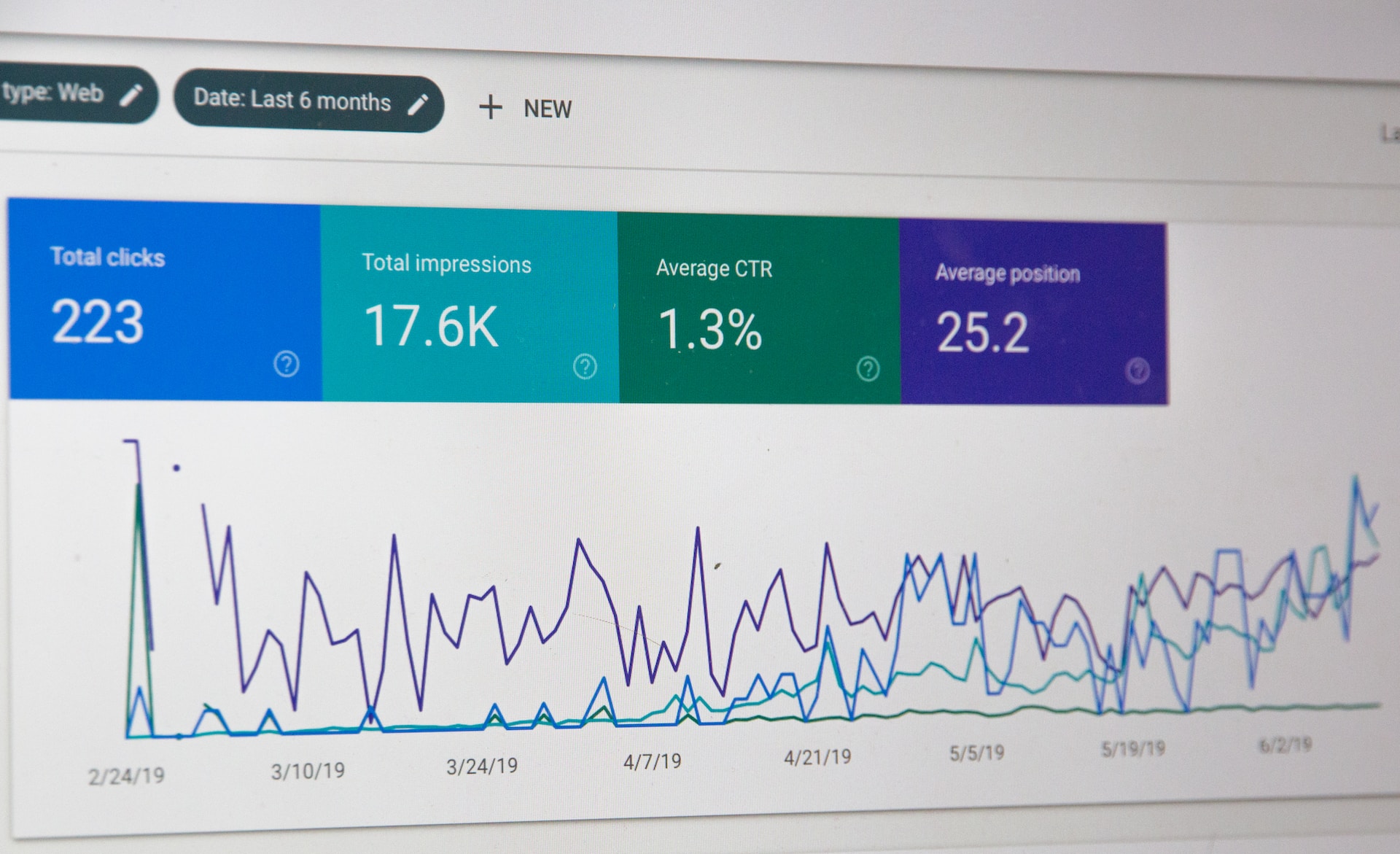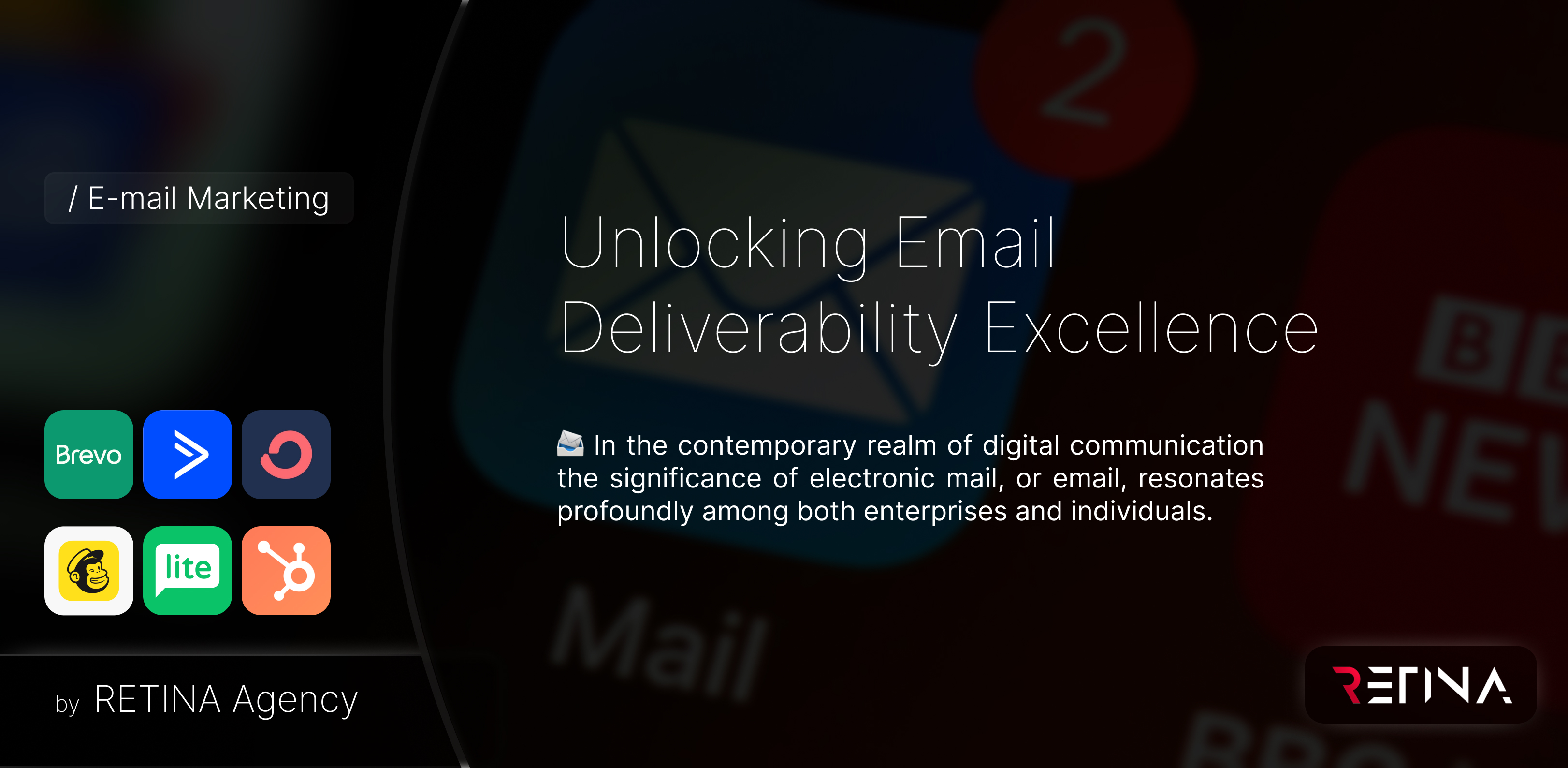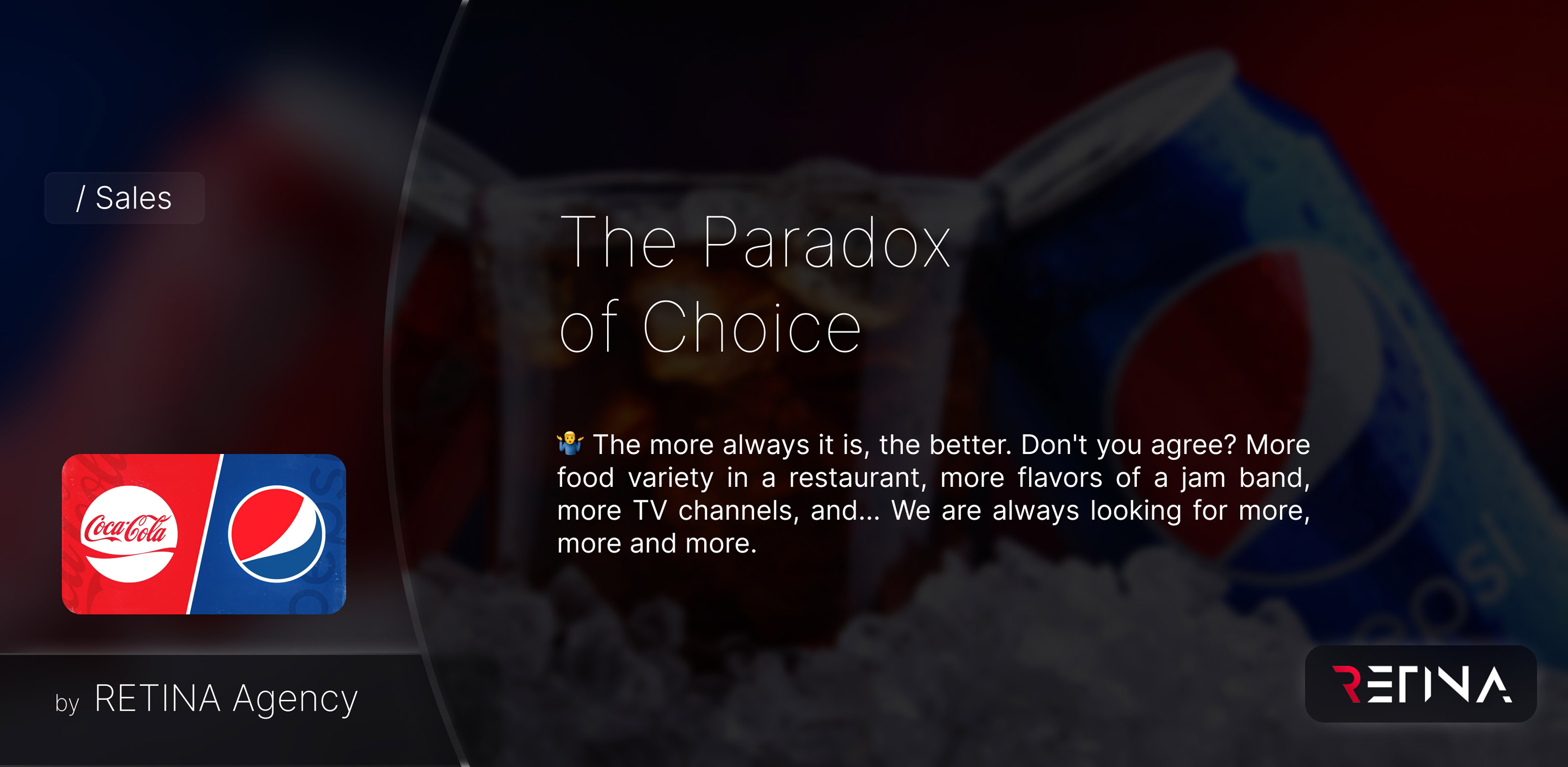To reach more people in today’s digital marketplace, businesses need new strategies. One such way is a content marketing strategy, where valuable content is created and shared with a defined audience. This blog explains what this marketing method is and why it’s important. It also covers how to create an effective strategy, common mistakes to avoid, and essential elements for success. If you want to take your business higher, keep reading.
What is Content Marketing?
Content marketing involves creating and sharing helpful information to keep a particular audience. It means making and sharing content regularly to influence potential customers. You can do this by storytelling, using pictures, as well as social media interaction with your audience. Kinds of content are blog posts, videos, images, social media posts, podcasts, e-books, and webinars. Consistent creation and distribution of these lead to good results. HubSpot research shows that 29% of marketers use blogs or websites to get more leads and conversions.
The Core Concepts of Content Marketing
To understand content marketing, there are some core concepts to keep in mind. These include:
- Audience: Identifying and understanding your target audience is crucial for success. Tailor your content to their interests, needs, and preferences.
- Valuable Content: Your content should provide value to your audience. It should educate, entertain, or solve a problem for them.
- Consistency: Regularly creating and sharing content helps build trust with your audience and keeps them engaged.
- Distribution Channels: Choose the right platforms to distribute your content based on where your target audience hangs out.
It’s important to understand the buyer’s journey. Creating valuable and relevant content is key to building brand awareness and addressing audience concerns. It’s essential to have clear goals and know your target audience well for thought leadership through valuable content. A solid content marketing strategy includes a well-defined target audience and a plan for creating and distributing/promoting content.

The Value of a Solid Content Marketing Strategy
Implementing effective content marketing strategies can significantly increase brand visibility, driving customer engagement and loyalty. By generating high-quality, valuable information across various channels, businesses can attract and retain their target audience. This strategic approach not only helps in lead generation but also impacts the conversion rates positively. well-crafted content marketing strategies act as a roadmap for reaching and engaging potential customers at every stage of their journey, ultimately fostering brand advocacy and loyalty.

Why is Content marketing strategy important for businesses?
A great content plan can help firms build brand recognition, maintain clients, be viewed as leaders, and interact with their audience. To achieve this, one must know their target audience and create a schedule that outlines the topics and formats for each piece. It’s vital to set practical publication goals and use various forms of media such as videos or podcasts. By tracking engagement and conversion rates, you can improve future campaigns. A well-documented strategy that aligns with user intent is an investment in any business’s growth because it can drive traffic to your page and improve search engine ranking.
A solid content marketing strategy will also enhance the efficiency of your SEO strategy. read more!
How Content Marketing Impacts Brand Visibility
Consistently creating and sharing valuable content improves brand visibility. Use various platforms to increase audience reach. Posting original research, case studies, and thought leadership content boosts industry influence. Good content and social media marketing enhance brand recognition. Content marketing establishes brands as industry leaders, increasing visibility and recognition. Many businesses invest in social media marketing due to the 4.5 billion global users.
The Role of Content Marketing in Customer Acquisition and Retention
Content marketing strategies play a pivotal role in driving customer acquisition by addressing consumer needs and providing valuable information. Tailoring content to different stages of the buyer’s journey is essential for facilitating both customer acquisition and retention. Effective content marketing strategies nurture customer relationships, leading to higher retention rates by creating awareness, trust, and loyalty. Additionally, continuous content creation and engagement strategies significantly contribute to customer acquisition and retention. It’s worth noting that businesses with blogs receive 67% more leads than other companies, emphasizing the importance of well-executed content marketing strategies.

How To Create an Effective Content Marketing Strategy
To create effective content marketing strategies, start by defining clear business goals. Then, identify your target audience and develop a plan for creating and distributing content. Use social media platforms to expand reach and engagement. Make sure to establish a content calendar to ensure timely delivery on multiple channels. Finally, evaluate your efforts using key performance indicators to make informed adjustments and enhancements. This approach ensures that the content strategy meets both business objectives and audience needs.
Defining Your Mission and Setting Goals
Setting clear, achievable goals is crucial for effective content marketing. A well-defined mission guides strategy development and aligns with business objectives. Establish specific, measurable goals essential for success, ensuring they reflect KPIs. This goal-driven approach facilitates content strategy alignment. Understanding your audience inside out further enhances strategy development. Strategic resource allocation and content types, such as white papers or video marketing, are a great way to engage and nurture relationships. Crafting an editorial calendar facilitates consistent, impactful piece of content distribution.
Identifying Your Key Performance Indicators (KPIs)
Identifying relevant KPIs is crucial for measuring the success of efforts. These meaningful KPIs provide valuable insights and guide adjustments. Measuring KPIs helps in assessing the impact of content marketing and should follow the SMART criteria. Examples of KPIs include website traffic, social media engagement, lead generation, and sales conversions. Monitoring these key performance indicators can provide valuable insights for strategy improvement. It’s essential to establish specific, measurable KPIs that are aligned with business objectives to effectively evaluate content marketing efforts.
Knowing Your Audience Inside Out
Understanding the demographics, pain points, and interests of your target audience is imperative for successful content marketing strategies. Analyzing buyer personas and their buyer’s journey is crucial in creating valuable content that resonates with them at each stage of the journey. Gathering insights through surveys, interviews, and social media analytics provides valuable information for tailored content creation. Continuous feedback from your audience helps in adjusting the strategy to meet their evolving needs. Ensuring that the content addresses the specific challenges and requirements of your audience is important.

Assessing Your Current Position in the Market
Understanding your business’s position in the market involves evaluating the competitive landscape and industry trends. A content audit of your existing content can reveal gaps and areas for improvement. Analyzing keyword research and search engine rankings offers insights into market positioning and content opportunities. Identifying industry trends and customer preferences aligns content marketing strategies with market dynamics. By assessing market gaps and content performance, you can develop effective content marketing strategies that resonate with your audience and drive business growth. Assessing your current position is a crucial step in optimizing your content marketing approach.

Selecting The Right Channels For Your Content
When determining the best channels, start by defining your target audience and identifying their consumption habits. Understand that different channels cater to various audience types, so evaluate the strengths and weaknesses of each, such as social media, email marketing, and blogging. This assessment is crucial to maximize content reach. Tailor content distribution to suit the audience’s preferences, considering the type of content you are creating and which channels would be best suited for it. Additionally, remember to determine your budget and resources for each channel to make an informed decision.

Identifying the Best Channels
Identifying the most effective content channels necessitates a profound comprehension of audience behavior and demographics. It’s crucial to consider platforms where the target audience is highly active. Researching and identifying platforms with the potential for extensive content reach is imperative. Furthermore, leveraging analytics to determine successful content channels is key. Understanding audience demographics plays a pivotal role in selecting the most suitable channels for content distribution.
The Art of Mixing Different Content Channels
Mixing channels prevents audience saturation and fatigue. Diversified channels offer varied experiences, increasing audience engagement. Tailoring content for different channels allows it to reach diverse audience segments. This ensures that content remains fresh and relevant, keeping the audience interested and involved. By utilizing a mix of channels, content producers can enhance brand visibility and connect with their audience at different touch points. It’s a great way to ensure that the audience is exposed to different types of content, catering to their preferences and behaviors.

How do I Choose Appropriate Content Types?
Selecting the appropriate content types is critical for effective marketing. It is crucial to consider your target audience’s preferences and align them with your content goals. Evaluating the available resources for different types, experimenting with what resonates with your readers, and staying updated on industry trends are all essential steps to take. Using a mix of content types, such as blog posts, videos, info graphics, podcasts, etc., can help keep your audience engaged and interested. By diversifying your strategy and offering various ways to consume information, you can cater to the different learning styles of your audience and ultimately improve engagement metrics like time spent on the page or bounce rate.
Deciding on the Types of Content
When deciding on the most effective types of content for your audience, start by identifying their interests and preferences. Whether it’s blog posts, videos, or social media, focus on creating valuable material that addresses their pain points. Utilize data and analytics to measure success and refine your strategy accordingly. Continuous evaluation and adaptation of your content marketing strategy will ensure it remains engaging and relevant to your audience. This proactive approach positions you as a thought leader and allows you to offer the best content for your audience at every stage of their journey.

Balancing Different Content Types
Creating comprehensive content marketing strategies involves balancing various types of content to cater to different audience preferences and needs. By incorporating blog, social media, video marketing, email marketing, and white papers, businesses can effectively reach their target audience at different stages of the buyer’s journey. Thought leaders can leverage different content channels such as social networks and their YouTube channel to establish themselves in the industry. An editorial calendar can help in planning and organizing the different types of content efficiently. Balancing these types of content is essential for engaging audiences across multiple platforms and maximizing the impact of a digital marketing strategy.
Did you know 37% of brands are increasing their email marketing budget? The Ultimate Guide to Boosting Email Deliver-ability: Expert Tips and Tricks Revealed
Resource Allocation in Content Marketing
Identifying the essential resources for content creation is crucial. Strategic allocation of resources optimizes the production process and can significantly enhance performance. Proper resource management directly impacts the quality of content produced, ensuring consistency in creation. Efficient resource allocation positively influences the outcomes of content marketing efforts, maintaining a steady stream of high-quality content. By effectively managing resources, producers can consistently deliver the best type of content across various channels, such as social media, blog, and video marketing, contributing to a strong digital marketing strategy.
Identifying Necessary Resources for Content Creation
Understanding the requirements of content creation is essential for identifying the necessary resources. These resources include proper tools and software, as well as skilled personnel and talent. The specific content strategy employed also dictates the required resources for effective content creation. Having adequate resources is crucial to support and enhance content creation efforts, ensuring the production of high-quality content that resonates with the target audience. Efficient resource allocation is imperative to maintain consistency in content creation and optimize the overall outcome. The 19 best content marketing tools in 2022
Effectively Allocating Resources for Optimal Output
Properly managing resources is crucial to keep producing content efficiently. Distributing resources prevents delays and supports diverse needs, which improves marketing effectiveness. Allocating resources according to content type and expertise requirements increases productivity. A production schedule should align with planned marketing campaigns to ensure that there’s enough content available for each event.
Regular monitoring of resource allocation strategies can help identify areas for improvement, ensuring consistent quality output. Analyzing engagement rates, conversion rates, and traffic from different content types informs resource investment decisions. Strategic resource allocation is key to maintaining a steady flow of content without delays while maximizing both the quality and quantity of output.

Setting Up a Content Calendar
Organizing your content creation and publishing schedules through a content calendar is key for strategic planning and execution. Consistent content delivery is ensured with organized scheduling, aligning production with marketing goals. Effective content calendars optimize management processes, ensuring alignment with brand values and messaging. By utilizing different types of content marketing, including video marketing and social media content, you can strategically plan your editorial calendar to support your digital marketing strategy. This is a great way to stay on top of your content creation and manage all types of content effectively.
Importance of a Content Calendar in a Strategy
Maintaining an organized content production process, and scheduling content ensures timely creation and distribution. It supports content creation aligned with marketing strategies and facilitates effective management and oversight. A content calendar also helps marketing teams plan, track, and execute content strategies. Utilizing an editorial calendar can optimize content production and ensure consistent delivery across various marketing channels, including social media content, blog content, and video marketing. By organizing content creation and publishing schedules, a content calendar serves as a vital tool in creating and implementing successful content marketing strategies.
Tips for Creating an Effective Content Calendar
When creating a content calendar, it’s crucial to align it with your overall content marketing strategy. Incorporate content production, review, and publishing dates in the calendar to ensure a systematic approach. Regularly updating the calendar allows adaptation to evolving marketing needs, maintaining relevance. Ensure it includes content type, target audience, and keywords for comprehensive planning. Utilize the calendar to plan, organize, and track content creation and distribution timelines, ensuring an organized and efficient process aligned with your digital marketing strategy. more tips on creating a content calendar.

Content Creation and Marketing
Solving audience pain points is at the core of content marketing, attracting potential customers through engaging content. A strategic approach aligns content with business goals and buyer personas, creating a seamless fit. An effective content marketing strategy ensures that the right message reaches the right person at the right time. This seamless alignment fosters engagement and builds trust with the audience, establishing the business as a thought leader in its domain. Understanding the type of content that resonates with the target audience is vital in creating a content strategy that drives results.
What problem will you be solving for your audience(s)?
Successful content marketing strategies involve addressing your audience’s pain points. By offering relevant and valuable information, you can provide solutions and cater to their needs effectively. Conduct market research, gather customer feedback, and analyze online forums to understand their challenges. Track user behavior on your website and social media channels for insights. Then, create content that directly addresses those issues with practical solutions and tips. This establishes you as a trusted source of information and builds a relationship based on mutual benefit. Addressing your audience’s pain points is critical for a successful content marketing strategy, allowing you to create relevant and valuable content that resonates with them and builds trust in your brand.
Strategies to Effectively Distribute and Market Your Content
Utilize a variety of channels in your content marketing strategy. Incorporate social media platforms into your content marketing plan. Embrace digital marketing as a key component of a successful content marketing strategy. Leverage the power of video content to engage your audience effectively. Develop a strong social media strategy to support your content marketing efforts. By using these strategies, you can effectively distribute and market your content across different platforms and reach a wider audience. This approach will help you establish your brand as a thought leader and create a strong online presence.
Tracking Your Content Marketing Results
Measuring the effectiveness of your content marketing is paramount. It involves tracking key performance indicators, analyzing results, and gaining valuable insights to inform your strategy. Understanding the impact of your content marketing efforts is crucial for making informed decisions on your next steps. By measuring your results, you can identify what works best for your audience, whether it’s social media content, blog posts, videos, or white papers. Tracking your content marketing results allows you to optimize your digital marketing strategy and position yourself as a thought leader in your industry.

How to Effectively Measure Your Results
Accurate measurement of marketing efforts is crucial for shaping a successful content strategy plan. It guides the direction of your content marketing strategies and ensures that the chosen approach aligns with your objectives. Measuring content marketing results provides valuable insights, enabling you to refine and optimize your future marketing efforts. Effectively tracking your content marketing results not only validates your strategy but also shapes the channels through which your content is distributed and consumed. This data-driven approach is essential for informed decision-making and continuous improvement in your content marketing endeavors. 7 Content Marketing Metrics to Consider for Continued Success.
Common Mistakes in Content Marketing Strategy
Overlooking thorough audience research can hinder the effectiveness of a content marketing strategy, leading to a mismatch between content and audience needs. Neglecting content promotion impacts content marketing efforts negatively by limiting reach and engagement. An ineffective content marketing strategy may neglect mapping content to the buyer’s journey, missing out on crucial touch points. Learning from successful content marketing examples can illustrate best practices and provide insights into effective strategies. Understanding industry trends is crucial in shaping a content marketing strategy that resonates with the target audience and stays ahead of the curve.

Overlooking Audience Research
When crafting a content marketing strategy, beginning with audience research sets the stage for success. A plan devoid of audience research lacks direction and purpose, impacting the overall strategy. Neglecting this crucial step significantly affects the effectiveness of the content marketing efforts. The foundation of a successful content marketing strategy lies in understanding and creating buyer personas. By fueling content marketing efforts through audience research, businesses can tailor their content to meet the needs and preferences of their target audience, ultimately leading to greater engagement and conversions.
Neglecting Content Promotion
Neglecting the promotion of content can significantly impact the effectiveness of content marketing strategies. This oversight can limit the reach and engagement of valuable pieces of content, hindering the overall success of a digital marketing strategy. An effective content marketing plan should include various channels, such as social media content, video marketing, email marketing and white papers, to promote and distribute content to a wider audience. Neglecting content promotion can prevent businesses from establishing themselves as thought leaders in their industry and reaching their target audience effectively.
Inconsistency in Content Publishing
Inconsistent content publishing can confuse your audience and harm your brand’s credibility, leading to a loss of audience engagement and affecting search engine rankings. Maintaining a consistent content publishing schedule is essential to prevent these negative outcomes. Consistency communicates reliability and builds trust with your audience. It’s a critical aspect of an effective content marketing strategy, ensuring that your audience knows when and where to expect your next piece of content. Failing to do so may result in missed opportunities to connect with your audience and potential customers.
Not Measuring or Ignoring Metrics
Ignoring the metrics for content marketing can impede strategy enhancement and lead to missed opportunities. Neglecting these critical metrics may result in ineffective strategies and misinformed decisions. It’s crucial to measure content marketing performance for refining strategies, as demonstrated by 61% of companies with highly successful content marketing strategies conducting content audits at least twice a year. By overlooking or disregarding these metrics, businesses risk hampering their overall content marketing success and missing out on valuable insights that could drive improvement and growth. read more about content marketing mistakes.
Essential Elements of a Successful Content Marketing Strategy
To craft effective content marketing strategies, understanding buyer personas is crucial. This involves creating valuable, relevant, and consistent content that resonates with the audience. A clearly defined target audience forms the cornerstone of any successful content marketing strategy. Utilizing various content channels such as social media, video marketing, and white papers can amplify the strategy’s reach and impact. Moreover, consistent content creation across different platforms is essential for maintaining brand visibility and engagement. These elements collectively contribute to building a robust and effective content marketing strategy.
How Can You Constantly Improve Your Content Marketing Strategy?
To continually enhance your content marketing strategies, it is crucial to conduct regular content audits. Staying informed about industry trends will help you improve your approach. Additionally, ongoing keyword research will enable you to optimize your content. Experimenting with various types of content can also be beneficial in enhancing its effectiveness. Lastly, analyzing audience feedback will further enhance your strategy.

Frequently Asked Questions
How can a content marketing strategy help a business achieve its goals?
Here’s the formatted content with bullet points:
- A well-executed content marketing strategy can attract and engage the target audience, leading to increased brand awareness and customer loyalty.
- It can also improve SEO rankings and drive more website traffic.
- Ultimately, a successful content strategy contributes to achieving business goals like increased sales and revenue.
How can I measure the effectiveness of my content marketing strategy?
- To measure the effectiveness of your content marketing strategy, set clear goals and KPIs.
- Track metrics like website traffic, engagement, lead generation, and conversion rates.
- Use tools such as Google Analytics and social media analytics to monitor performance.
- Regularly analyze data-driven insights to improve your strategy.
- Gather feedback from customers to gauge their perception of your brand and content.
What are some key elements to include in a content marketing strategy?
Here’s the output:
- Defining your target audience’s needs, interests, and pain points.
- Determining the type of content that resonates with them.
- Setting goals and objectives.
- Developing a content plan aligned with your brand’s messaging and mission.
- Establishing metrics to measure success.
Conclusion
To have a good content marketing strategy, it is important to know what content marketing means and its value for businesses. It helps in getting customers and retaining them by making your brand visible. You can create a good strategy by knowing your audience, mission, goals, and market position. Choose the right channels and content that connect with your audience. Allocate resources, set up a content calendar, create effective content, and promote it well. To improve, track results and avoid mistakes such as not researching your audience or neglecting promotion. Keep refining your strategy to achieve long-term success.
















